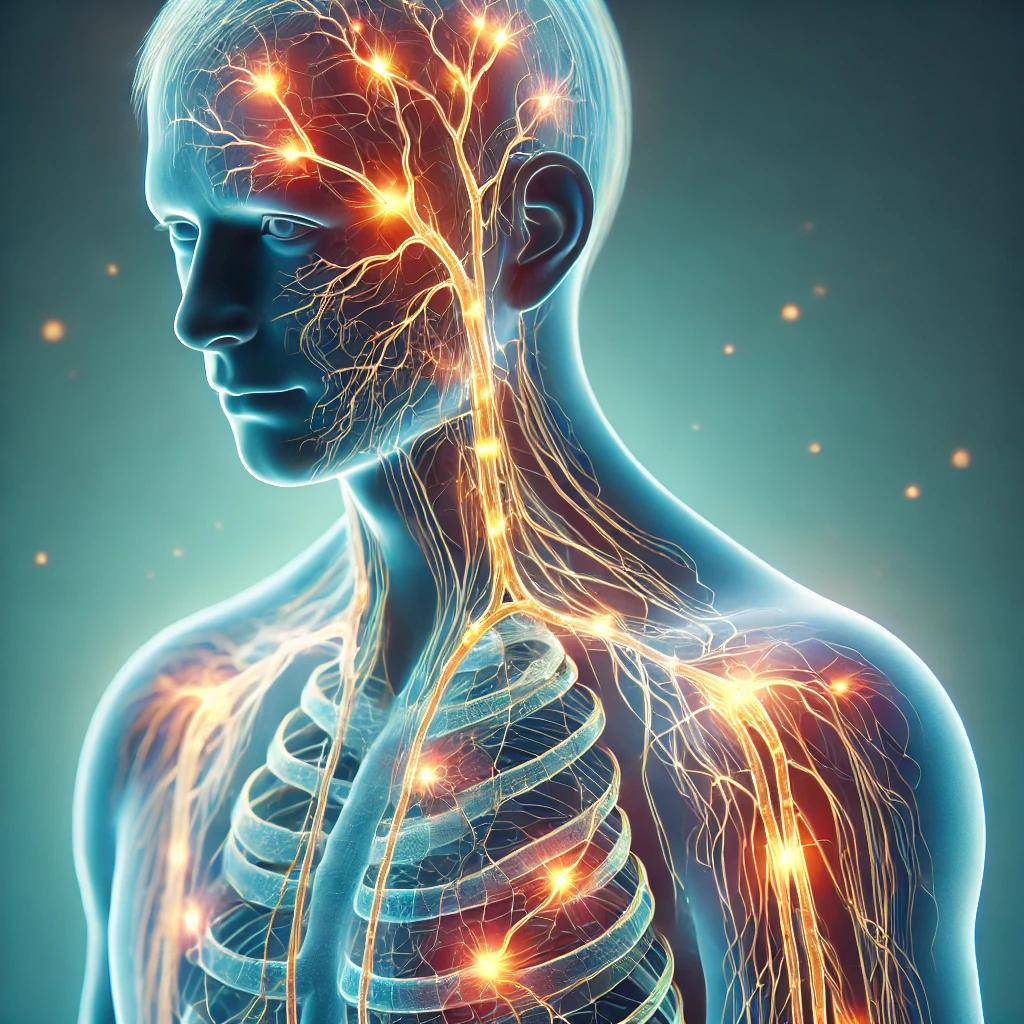Guillain-Barre Syndrome (GBS) has recently made headlines due to an outbreak in Pune, India, where 73 suspected cases have emerged. While this rare neurological disorder is not widely known, it is crucial to understand its causes, symptoms, treatments, and implications. This blog aims to explain everything you need to know about GBS, from its origins to recovery options.

1. What is Guillain-Barre Syndrome?
Guillain-Barre Syndrome (GBS) is a rare autoimmune neurological disorder caused by the body’s immune system mistakenly attacking the peripheral nervous system. This results in muscle weakness, numbness, and, in severe cases, paralysis. The exact cause of GBS remains unknown, but it is often triggered by viral or bacterial infections.
2. How Does GBS Develop?
GBS typically follows an infection such as influenza, respiratory illnesses, or gastrointestinal infections like those caused by Campylobacter jejuni bacteria. The immune system, while fighting off these infections, goes into overdrive and begins attacking healthy nerve cells, leading to inflammation and nerve damage.
3. Alarming Symptoms to Watch Out For
The onset of GBS can be sudden, and its symptoms may progress quickly. Some of the key symptoms include:
- Weakness in the legs that spreads to the upper body
- Difficulty in walking, loss of coordination, and balance issues
- Tingling or numbness in extremities
- Facial muscle paralysis, difficulty swallowing, or speaking
- Severe pain in the back, arms, or legs
- Respiratory issues requiring ventilator support in extreme cases
These symptoms can worsen within days or weeks, making early diagnosis and intervention crucial.
4. Is Guillain-Barre Syndrome Contagious?
One of the biggest misconceptions about GBS is that it is contagious. However, GBS is not transmitted from person to person. Instead, it is an autoimmune response triggered by previous infections or, in rare cases, vaccines. Public awareness and accurate information dissemination are essential to prevent unnecessary panic.
5. The Treatment Options That Can Save Lives
While there is no cure for GBS, early medical intervention can significantly improve outcomes. The two main treatments include:
- Intravenous Immunoglobulin Therapy (IVIG): This treatment helps reduce the immune system’s attack on nerve cells and speeds up recovery.
- Plasma Exchange (Plasmapheresis): This procedure removes harmful antibodies from the blood, reducing inflammation and preventing further nerve damage.
Other supportive treatments include physical therapy, pain management, and, in severe cases, respiratory support.
6. How Long Does Recovery Take?
Recovery from GBS varies from patient to patient. Some recover within a few weeks, while others may take months or even years. Approximately 85% of GBS patients make a full recovery, although some may experience lingering weakness or fatigue. Rehabilitation, including physiotherapy and occupational therapy, plays a crucial role in regaining lost motor functions.
7. Preventive Measures and Awareness
Since GBS is often triggered by infections, maintaining good hygiene practices can help reduce the risk. Here are some preventive tips:
- Wash hands regularly to prevent bacterial and viral infections.
- Get vaccinated against infections like the flu.
- Maintain a healthy immune system through proper diet and exercise.
- Seek medical attention immediately if experiencing unusual muscle weakness or numbness.
Final Thoughts: Why Awareness Matters
Guillain-Barre Syndrome may be rare, but its impact on those affected can be life-altering. With the recent outbreak in Pune, people need to stay informed and understand the symptoms and treatments available. While the condition is treatable, early detection is key to preventing severe complications.
By spreading awareness, we can help ensure that those affected receive timely medical attention and the support they need for recovery. If you or someone you know experiences symptoms resembling GBS, consult a healthcare professional immediately.
Stay informed, stay safe!







